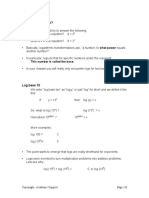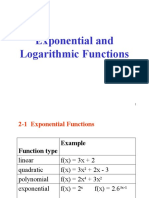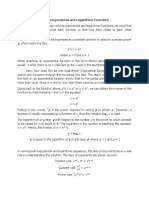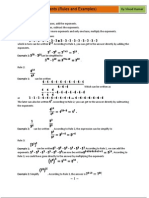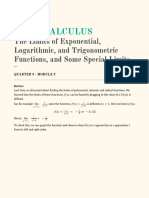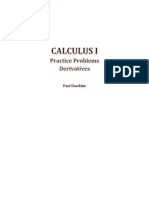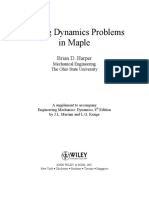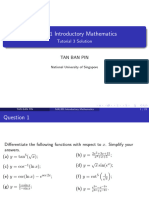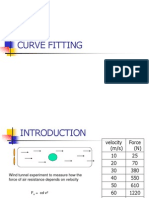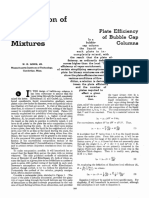0% found this document useful (0 votes)
5 views6 pagesExponentials and Logarithms
This document provides an overview of exponential and logarithmic functions, including their definitions, properties, and relationships. It explains the general forms of these functions, their graphs, and key rules for manipulating them. Additionally, it discusses the natural logarithm and its significance in calculations, particularly in calculus.
Uploaded by
Abdur RahmanCopyright
© © All Rights Reserved
We take content rights seriously. If you suspect this is your content, claim it here.
Available Formats
Download as PDF, TXT or read online on Scribd
0% found this document useful (0 votes)
5 views6 pagesExponentials and Logarithms
This document provides an overview of exponential and logarithmic functions, including their definitions, properties, and relationships. It explains the general forms of these functions, their graphs, and key rules for manipulating them. Additionally, it discusses the natural logarithm and its significance in calculations, particularly in calculus.
Uploaded by
Abdur RahmanCopyright
© © All Rights Reserved
We take content rights seriously. If you suspect this is your content, claim it here.
Available Formats
Download as PDF, TXT or read online on Scribd
/ 6



























